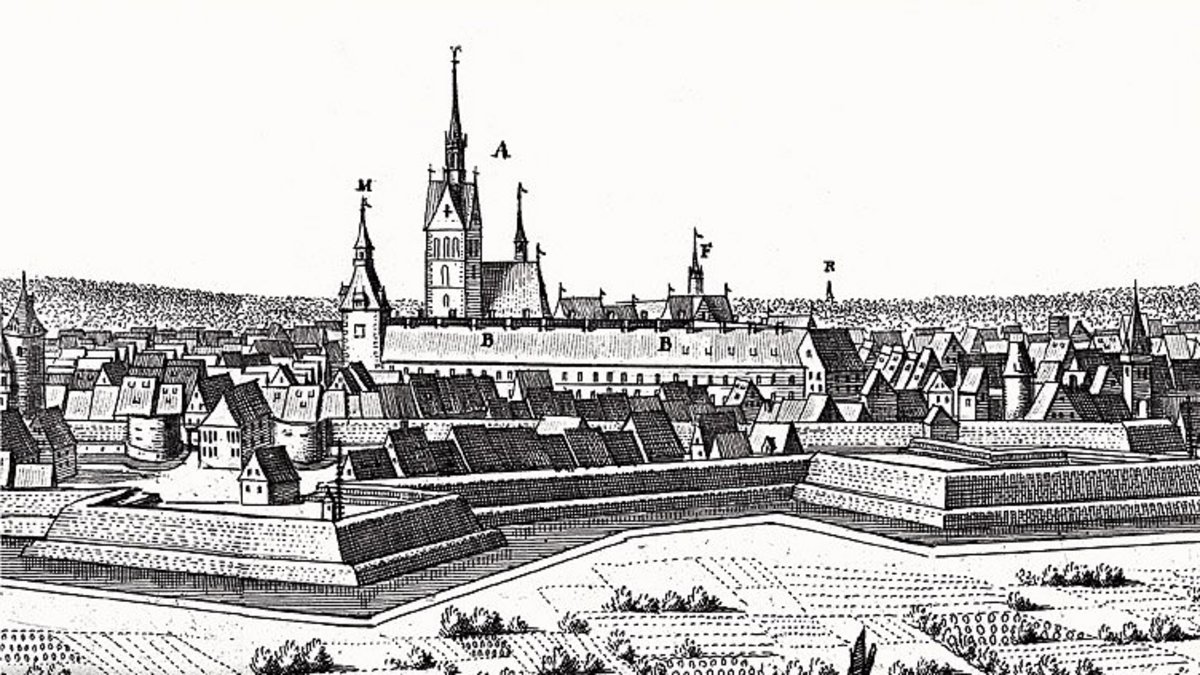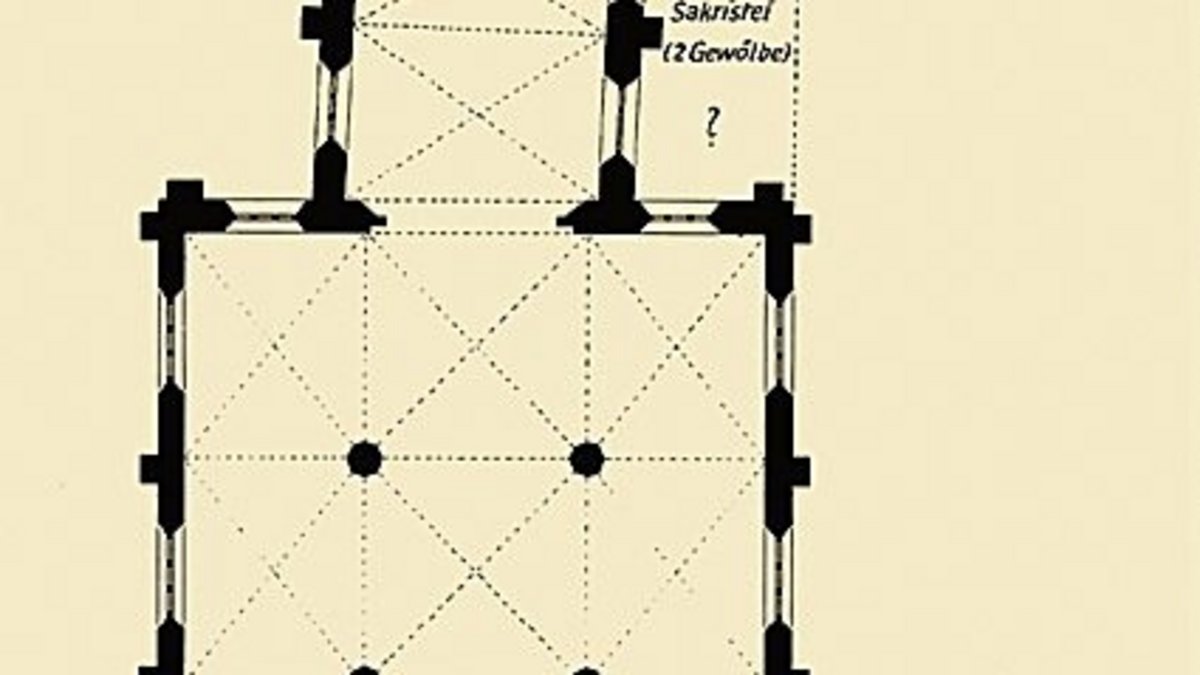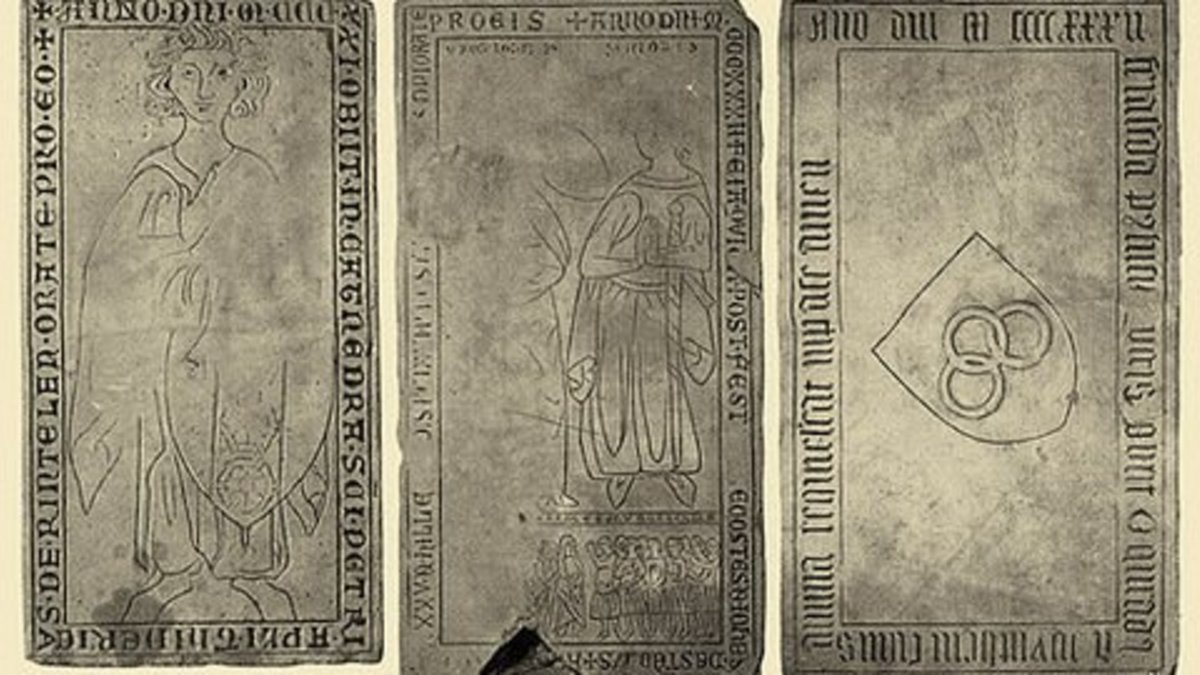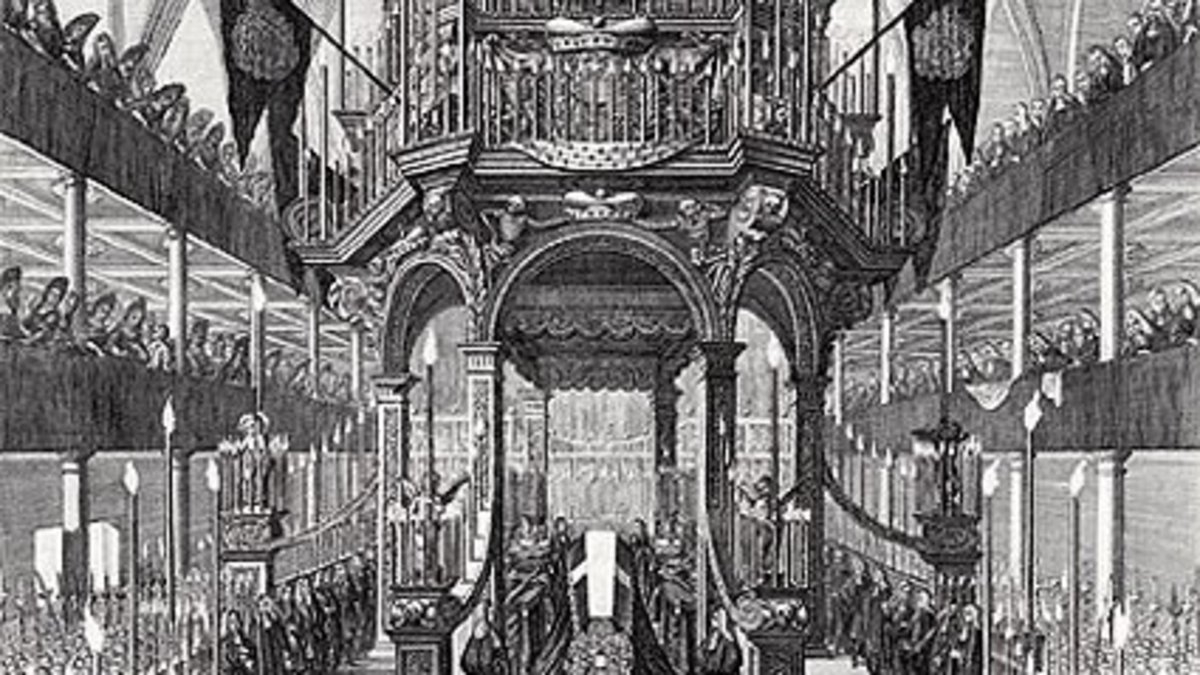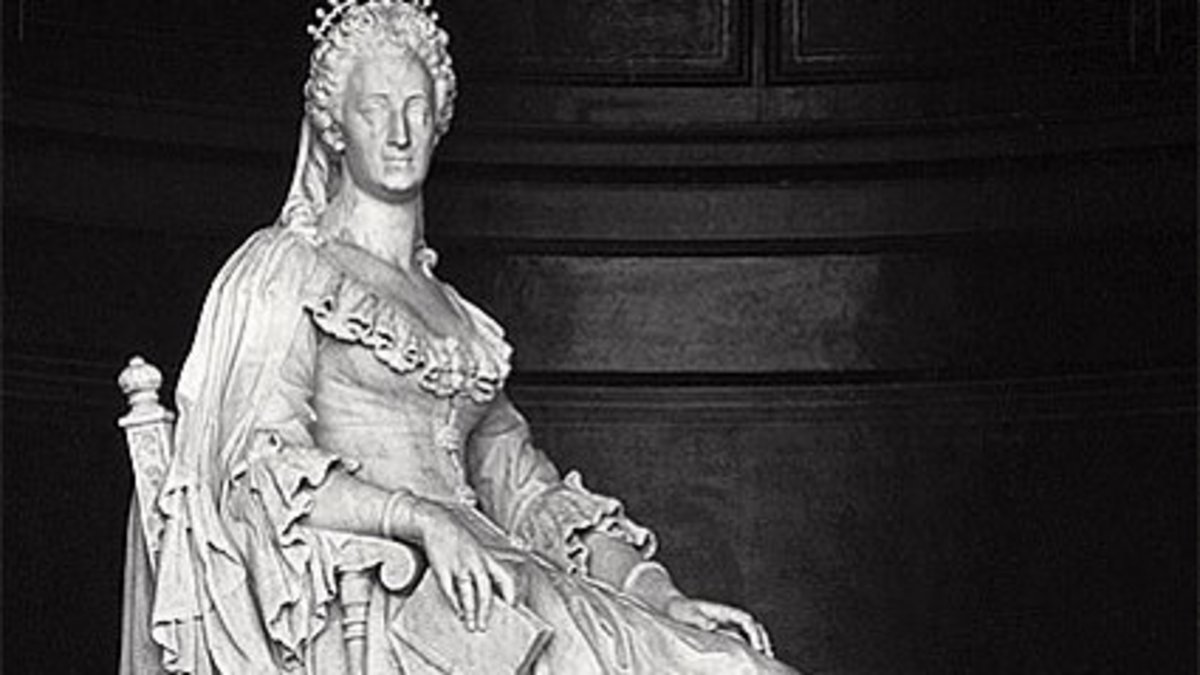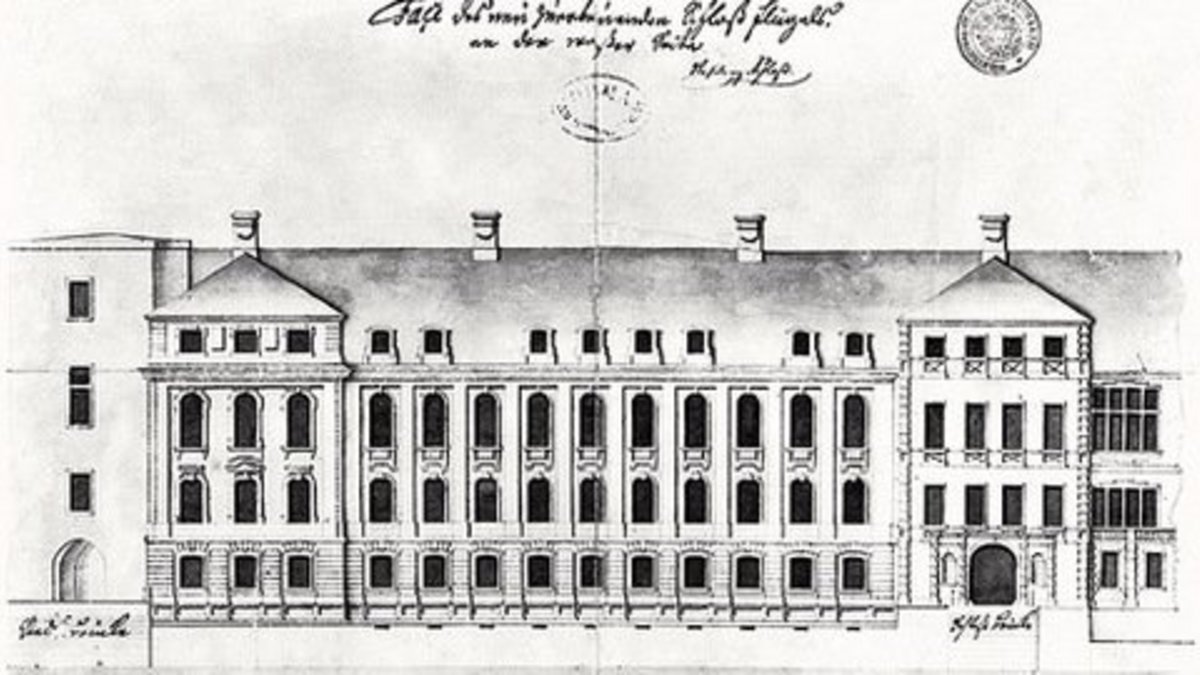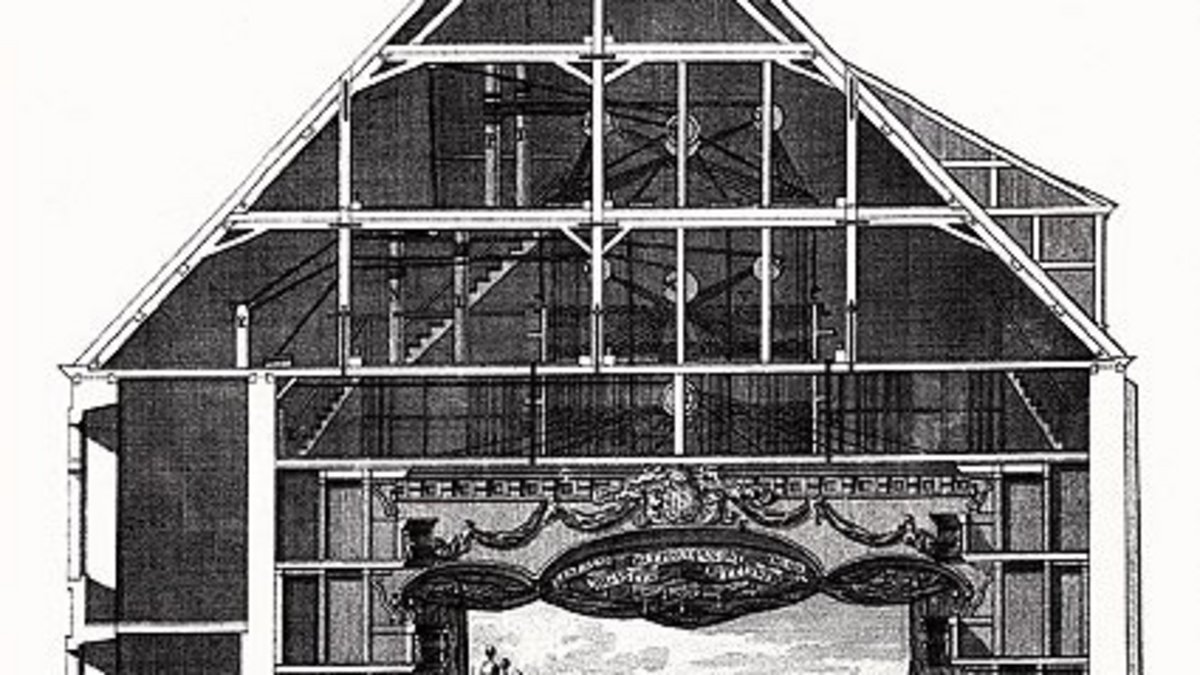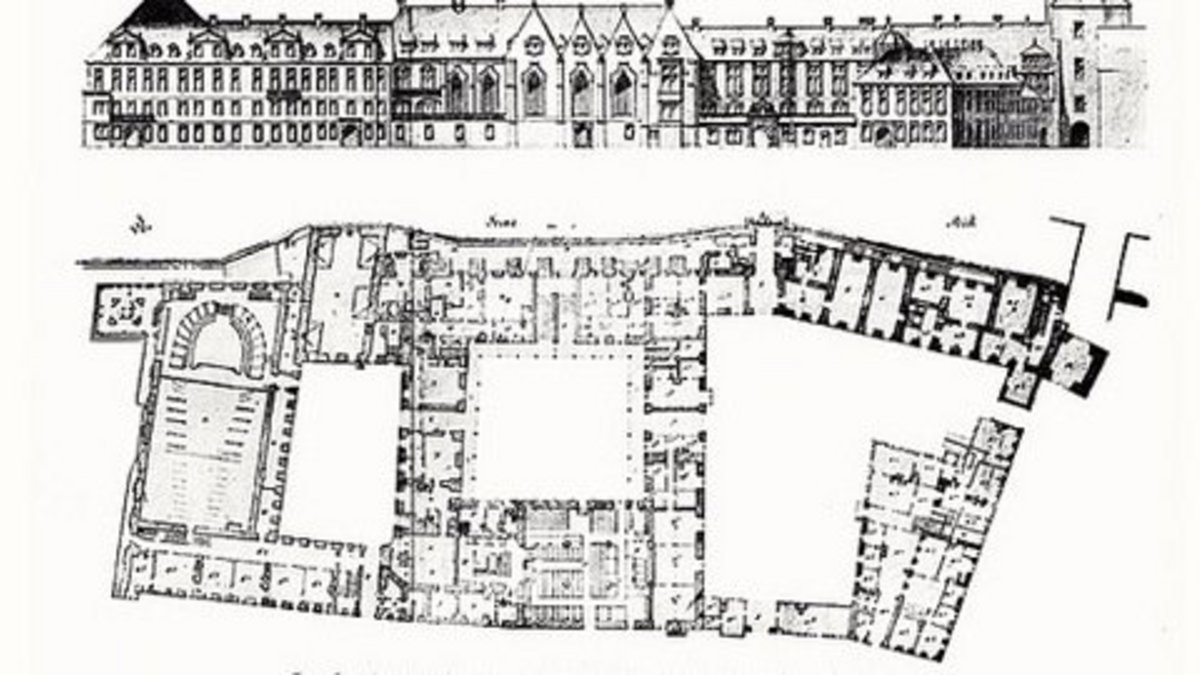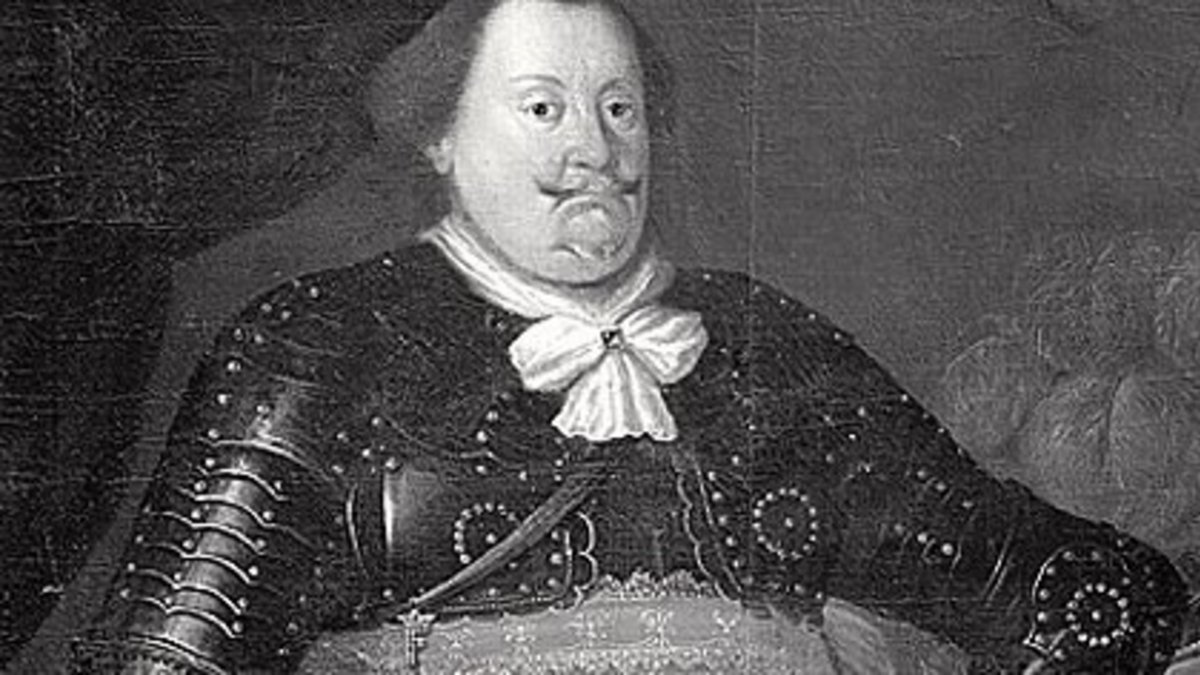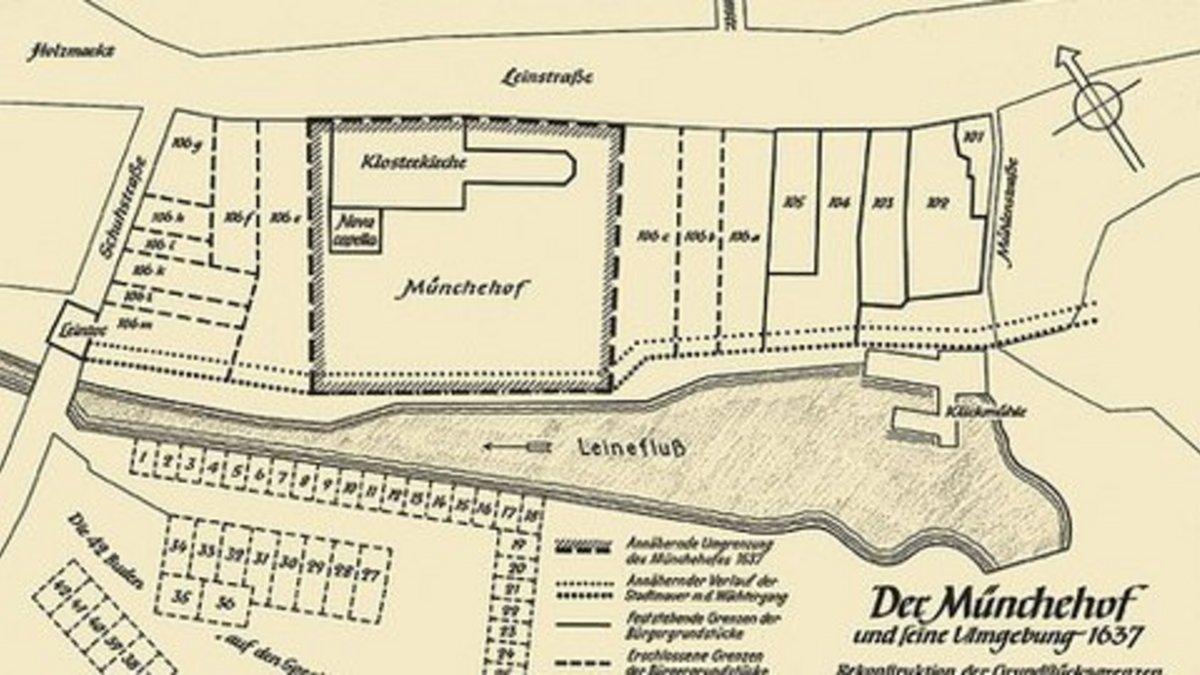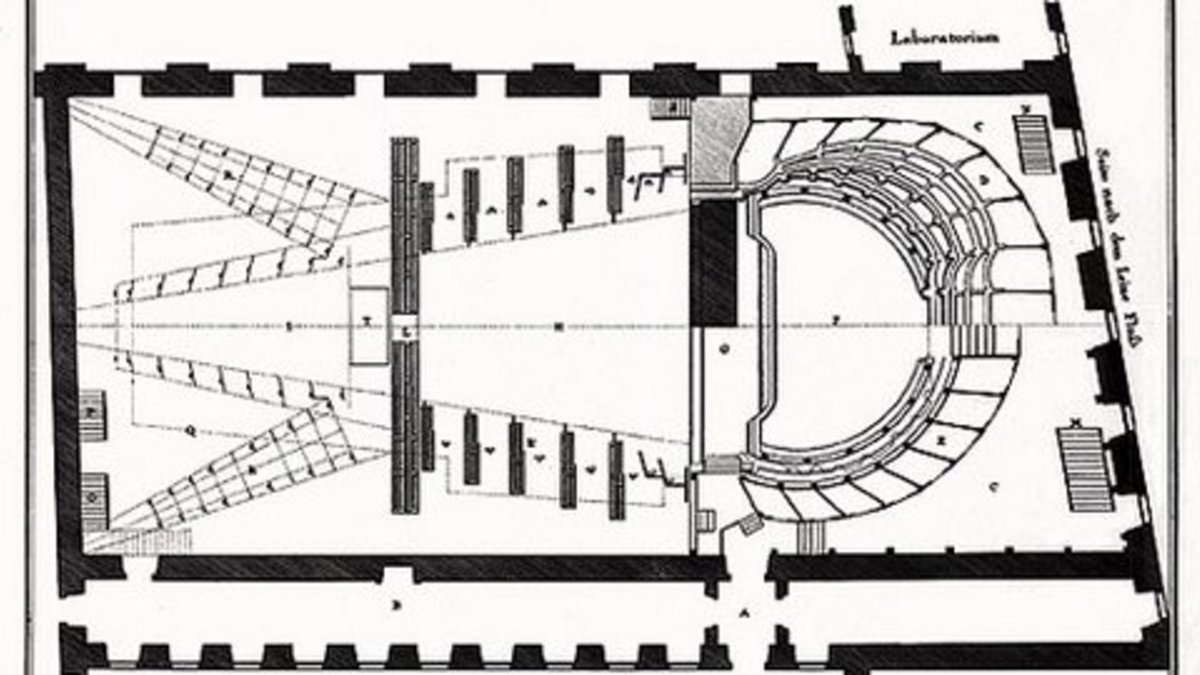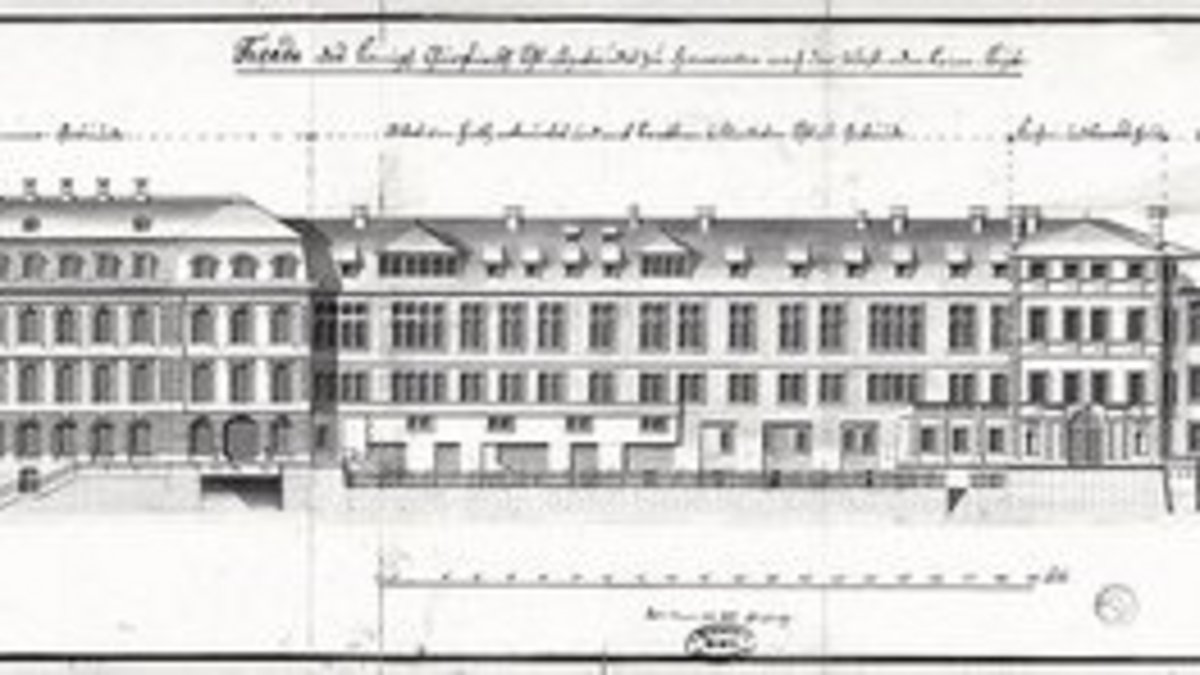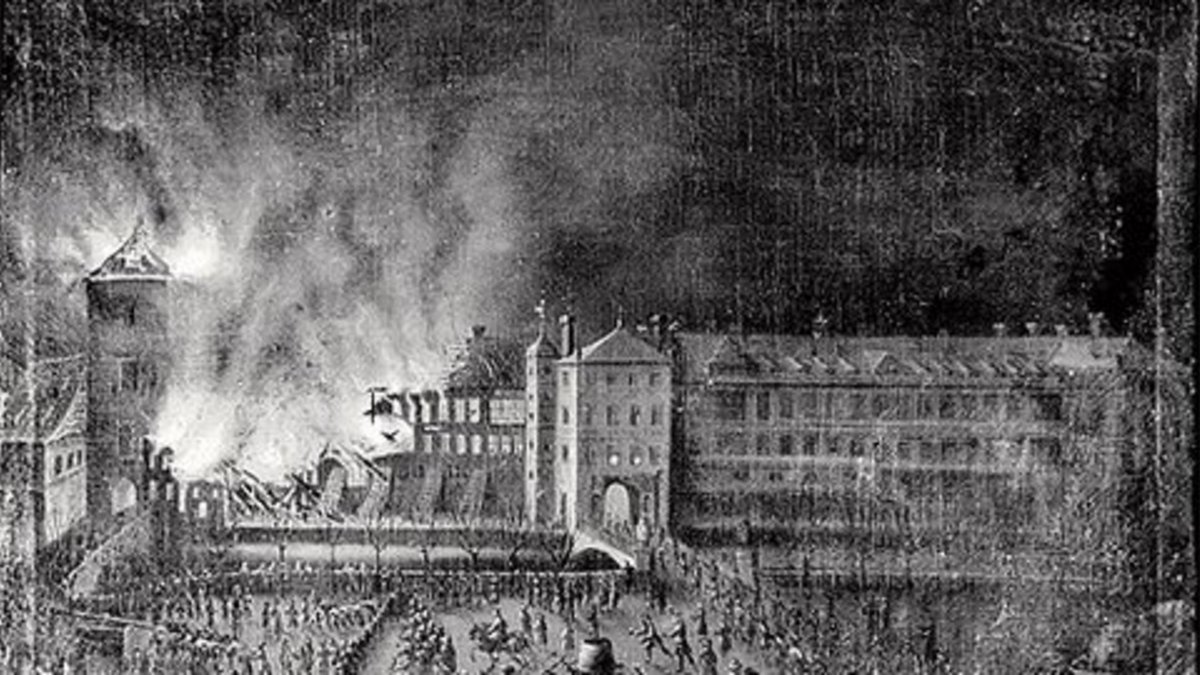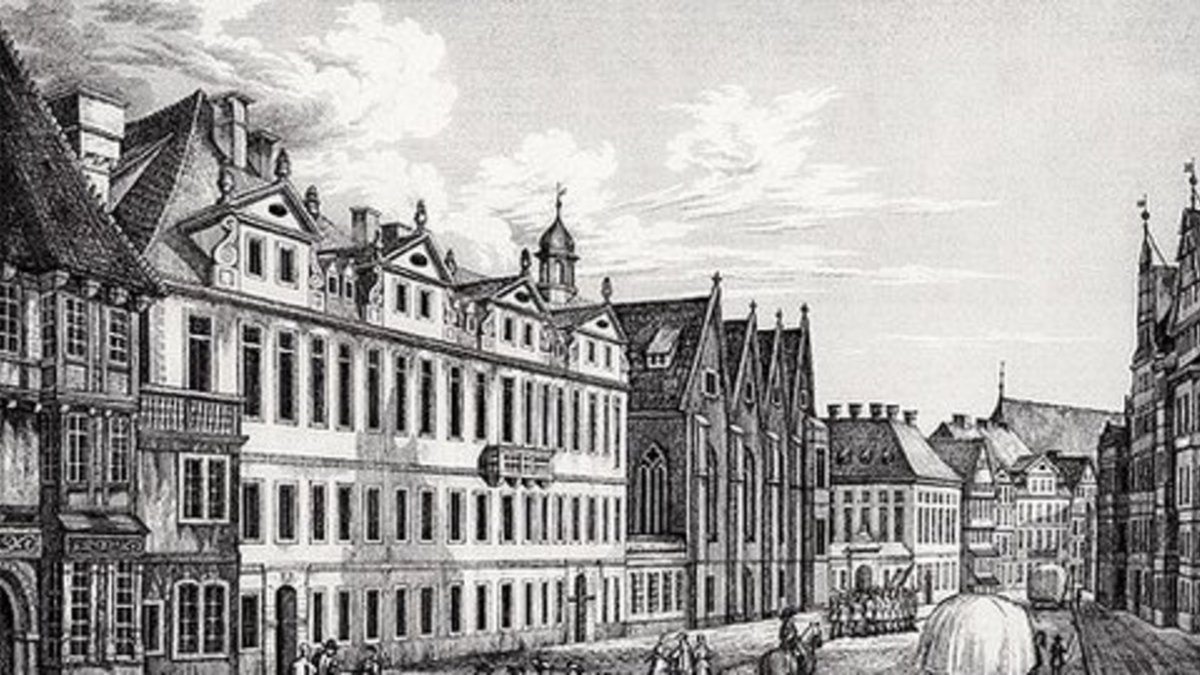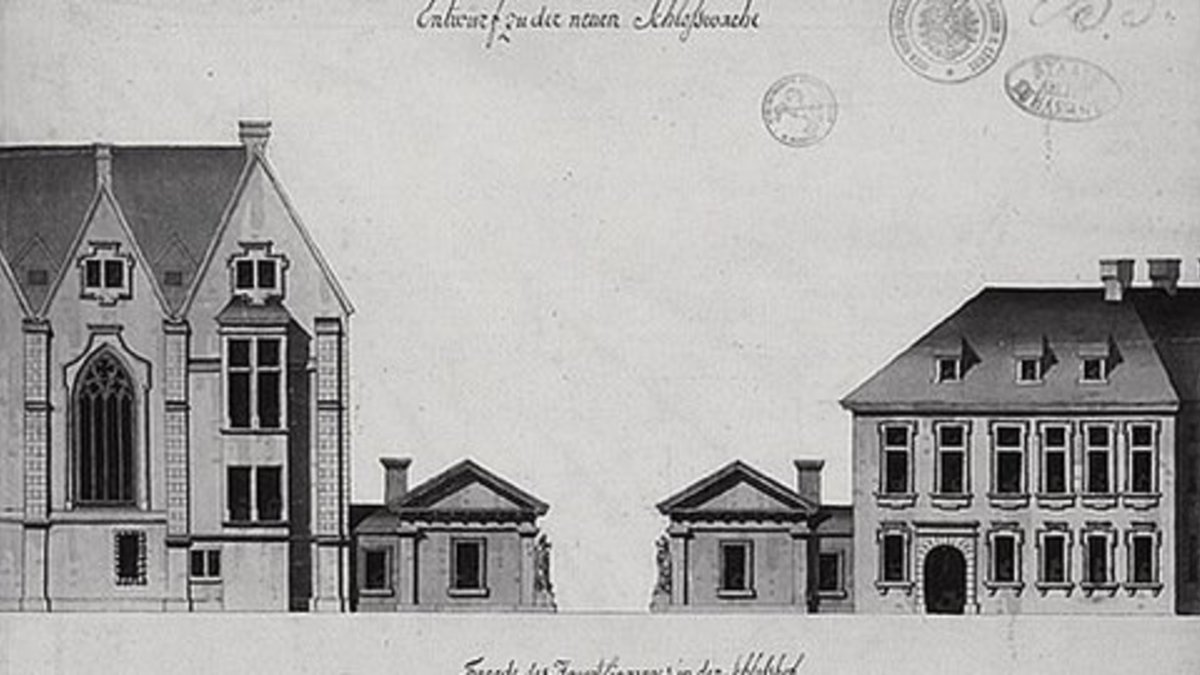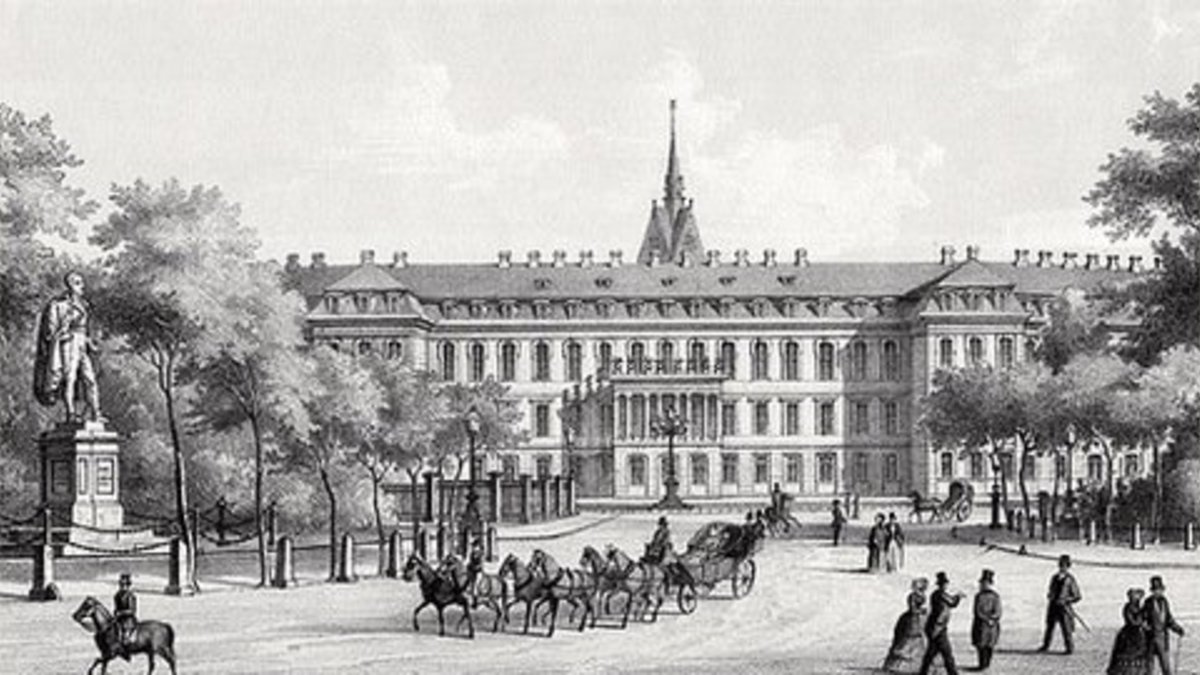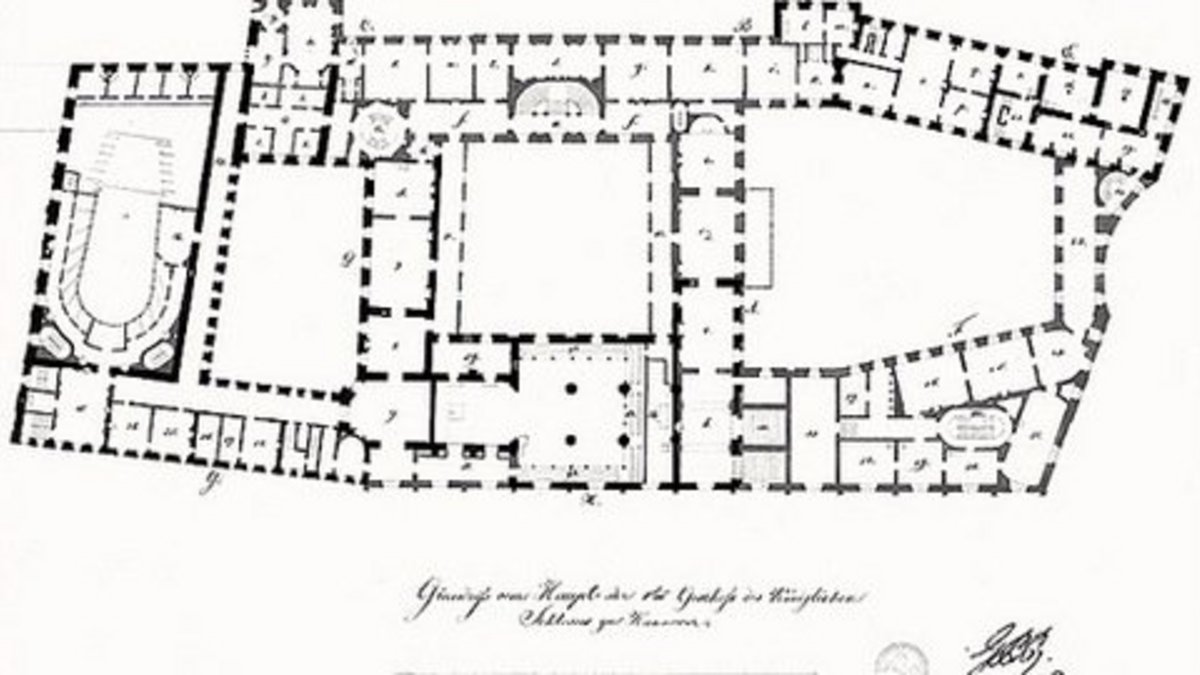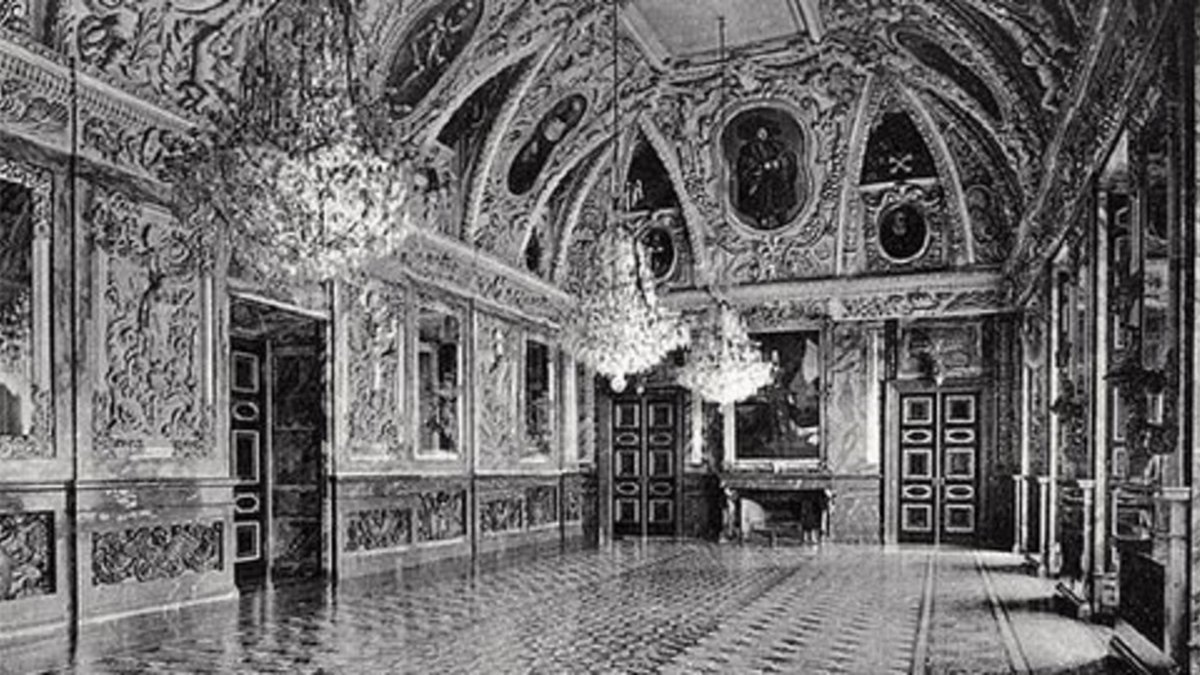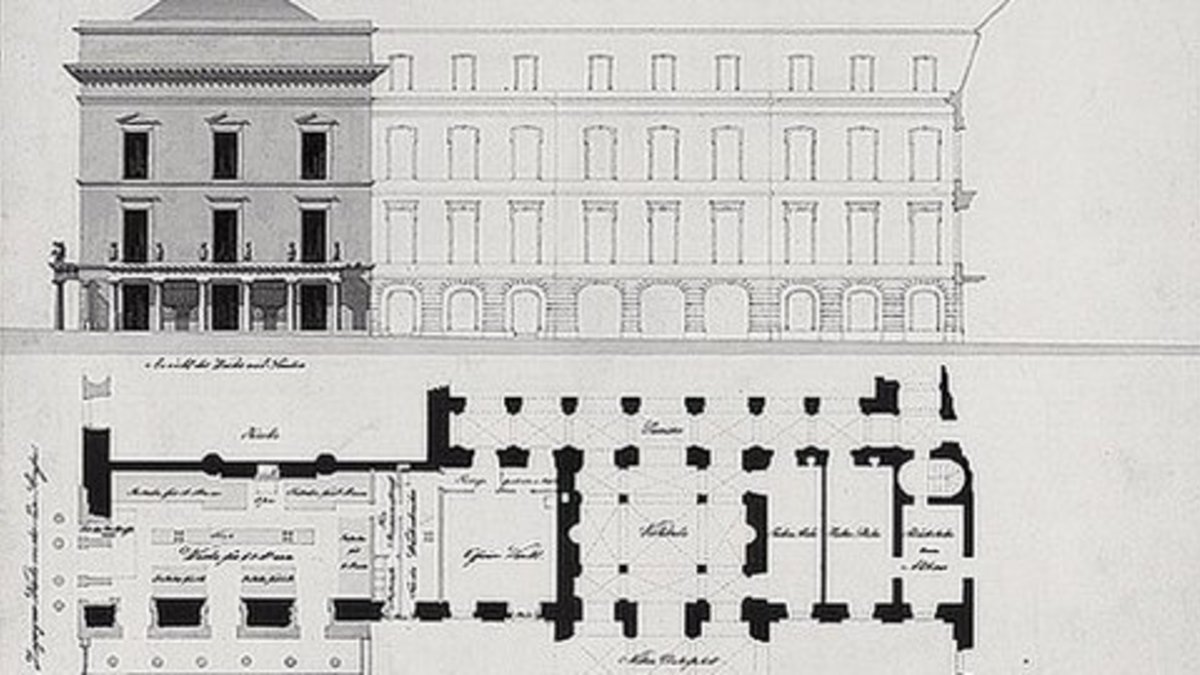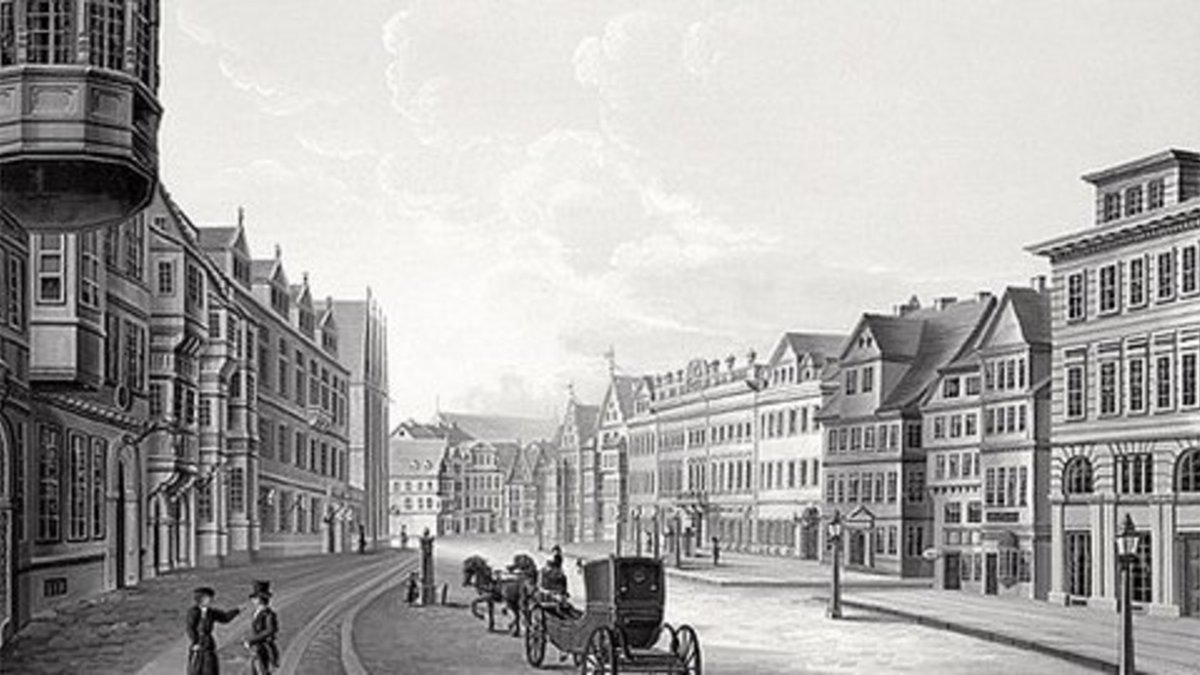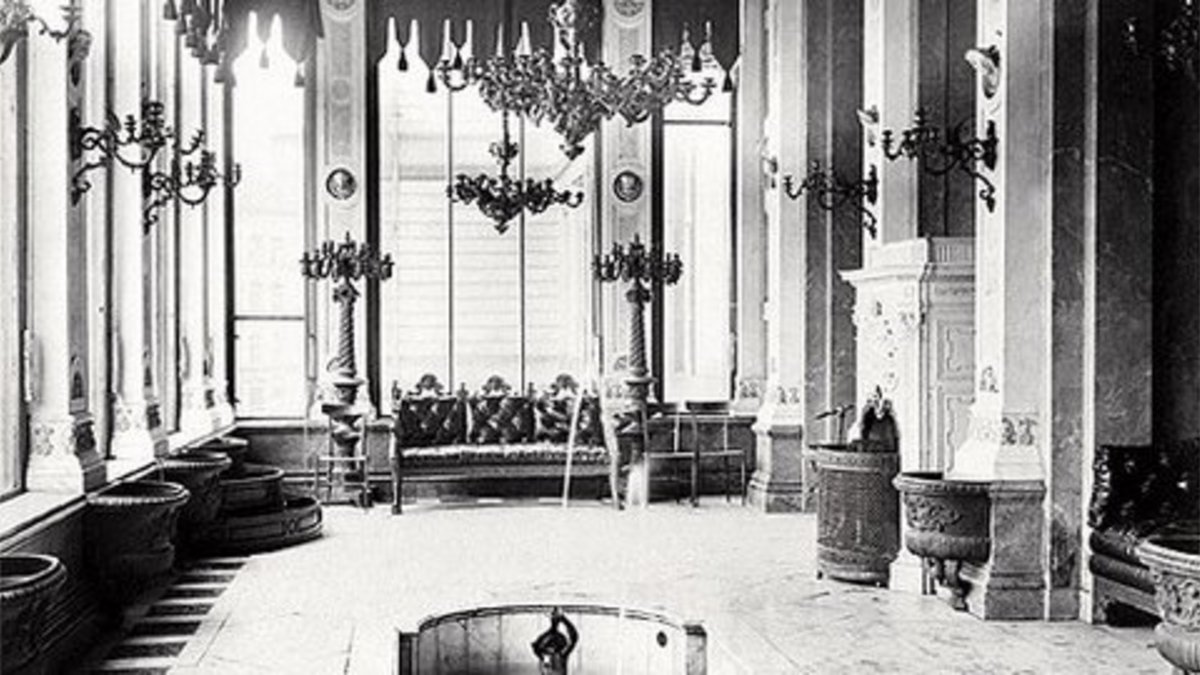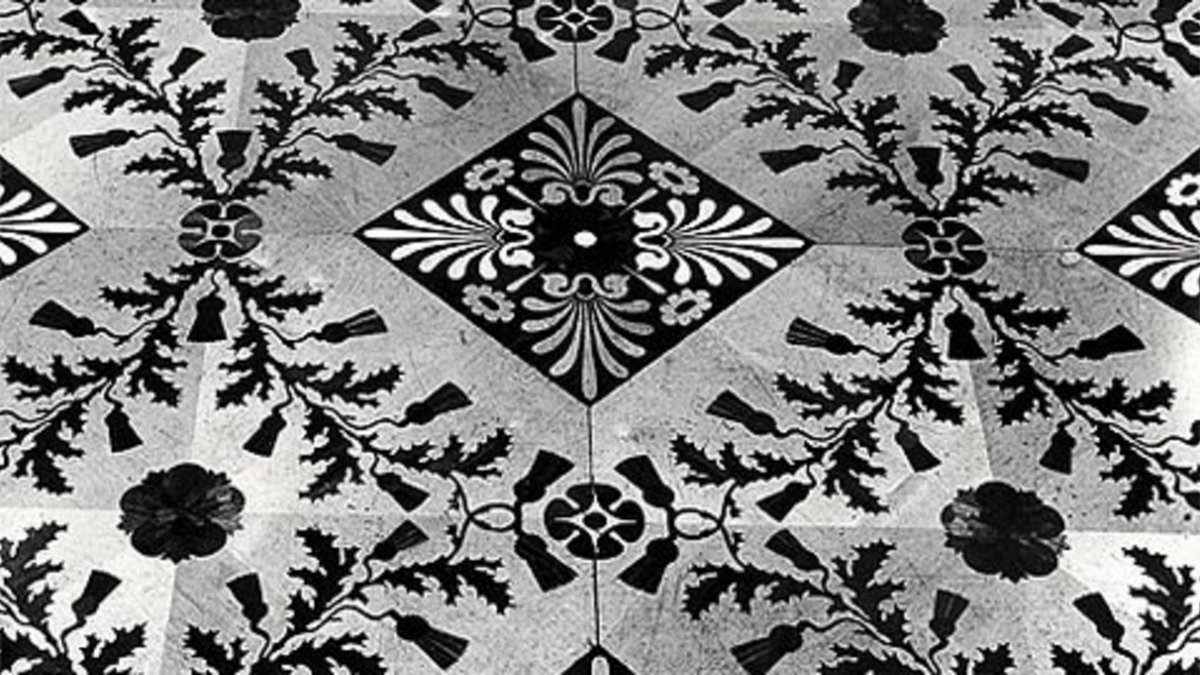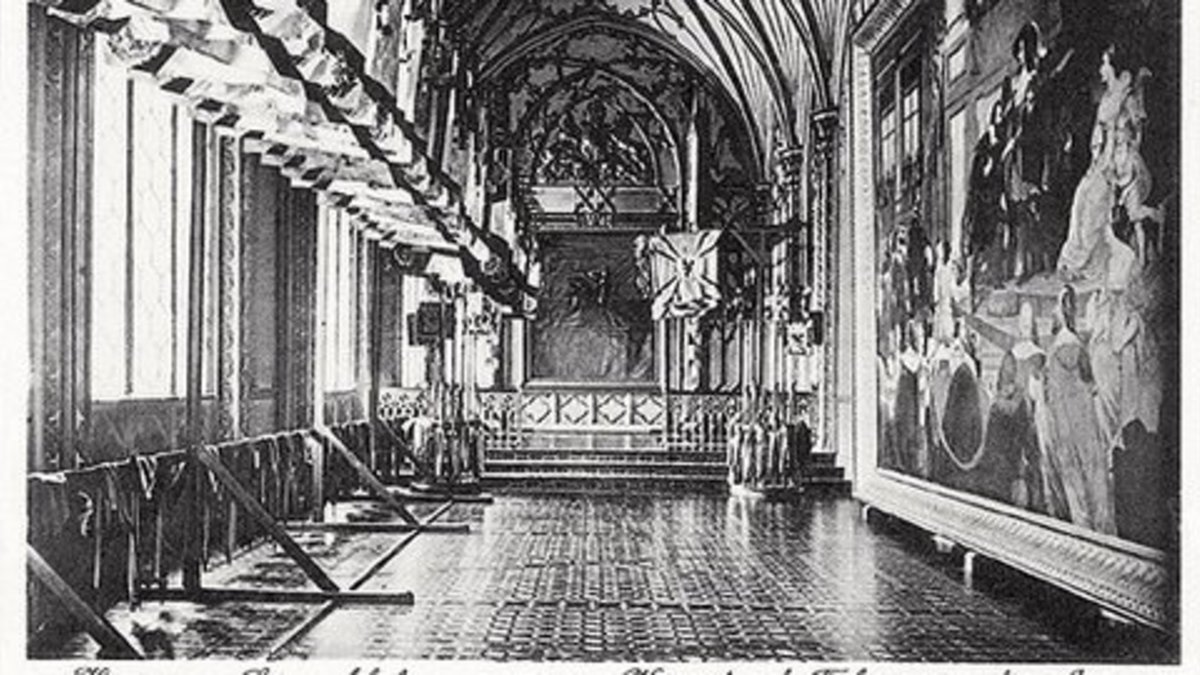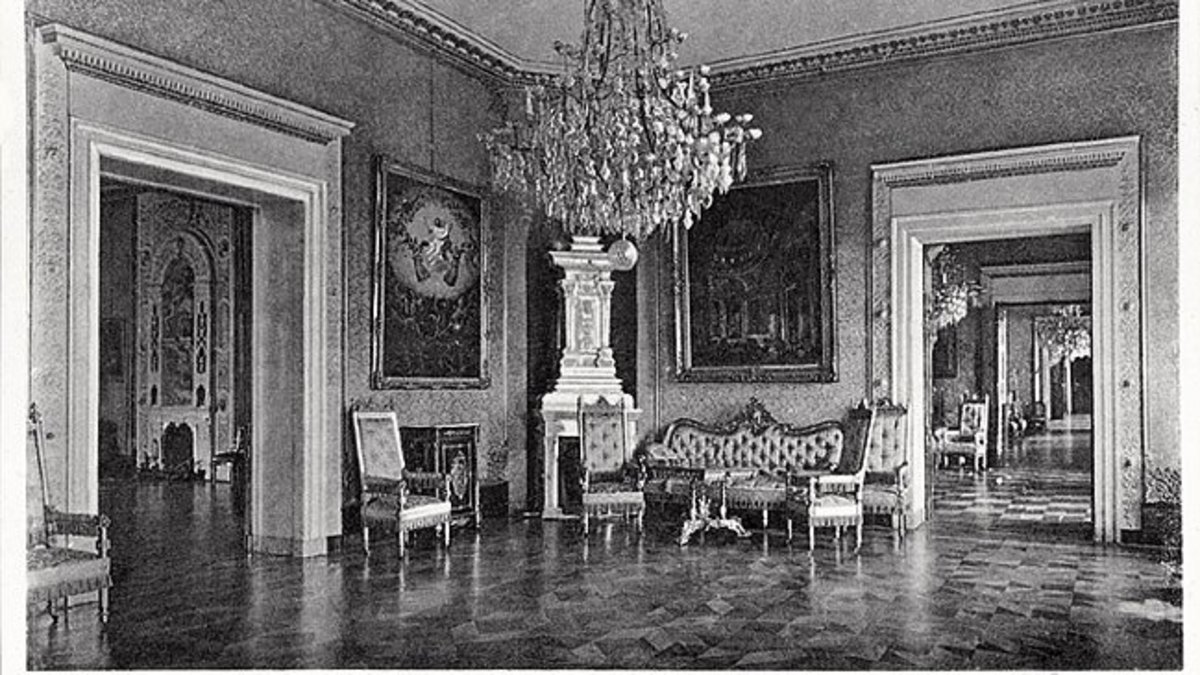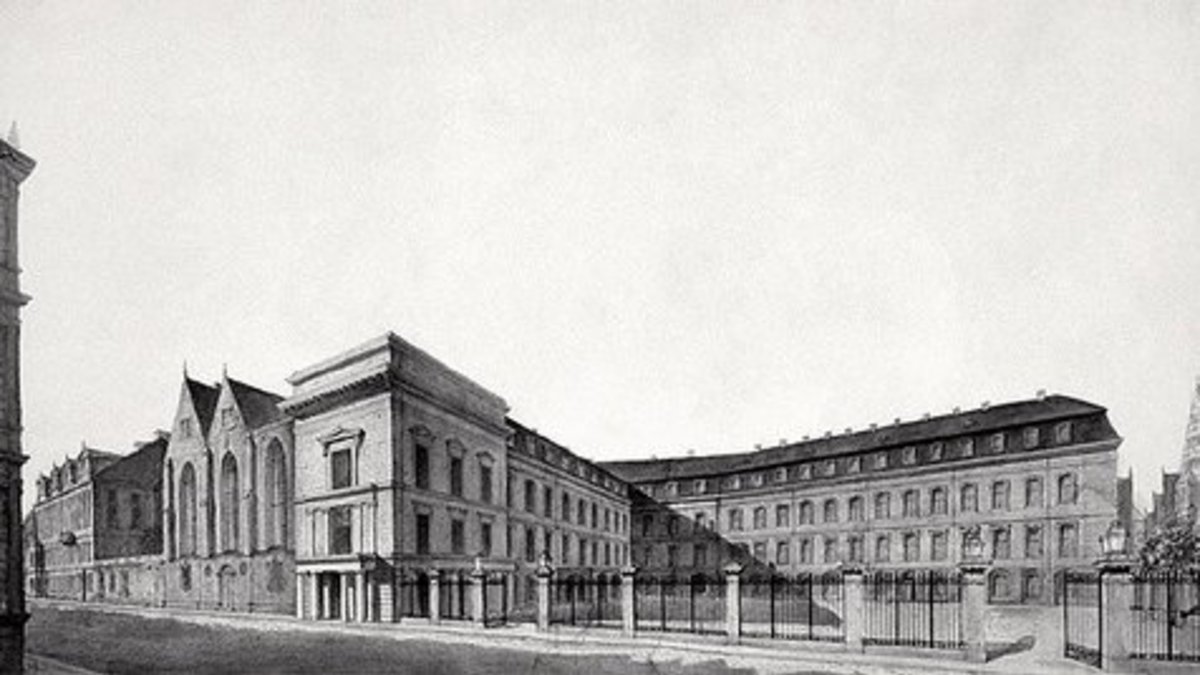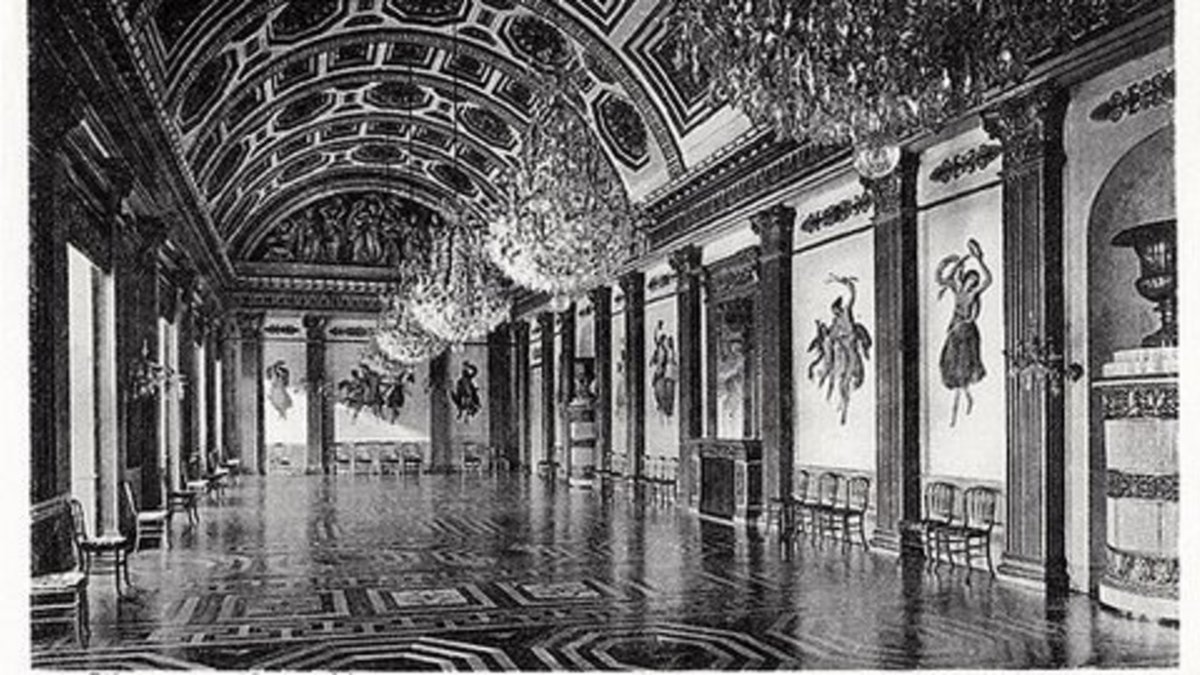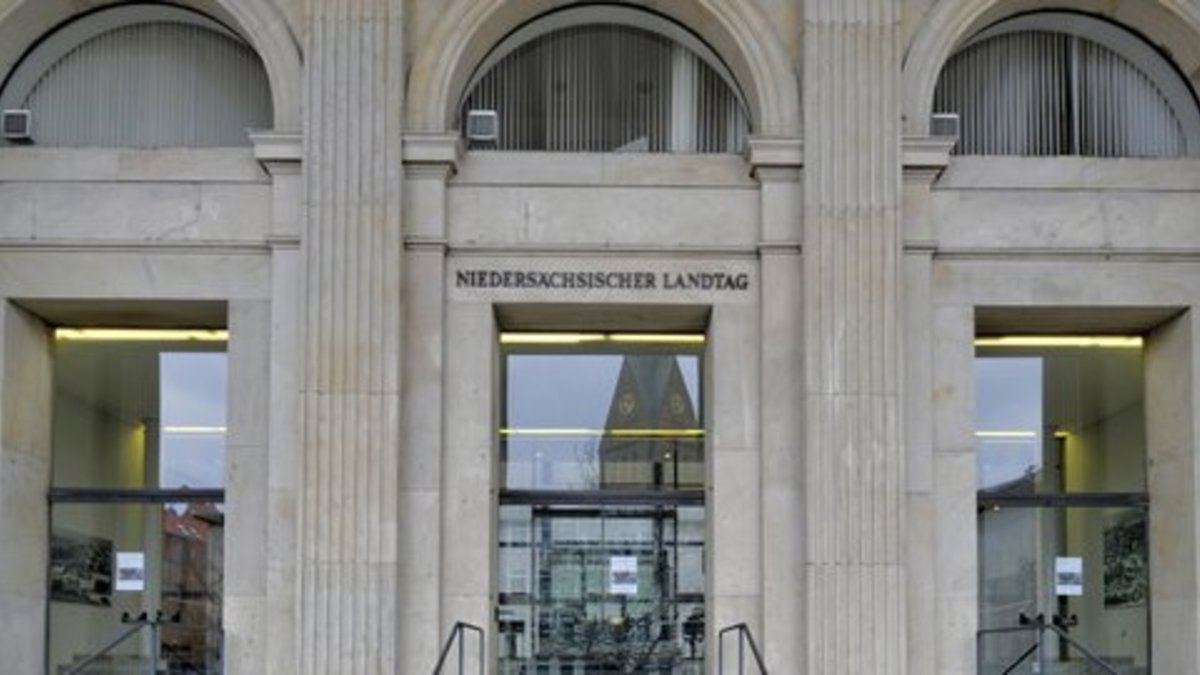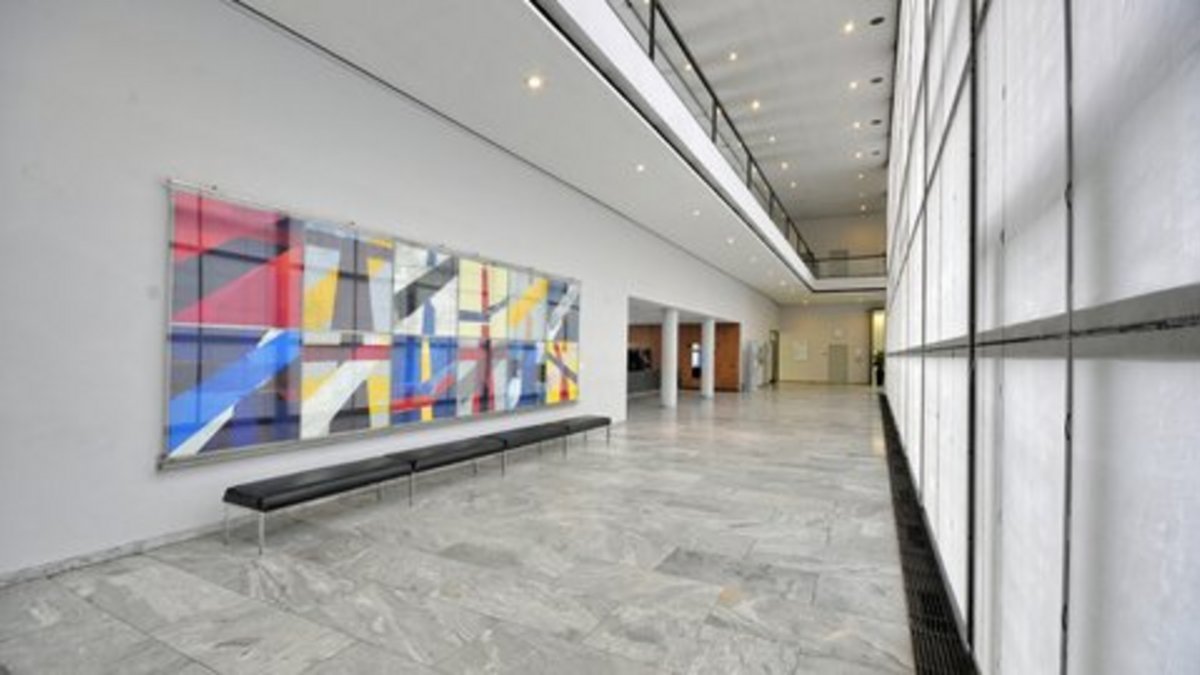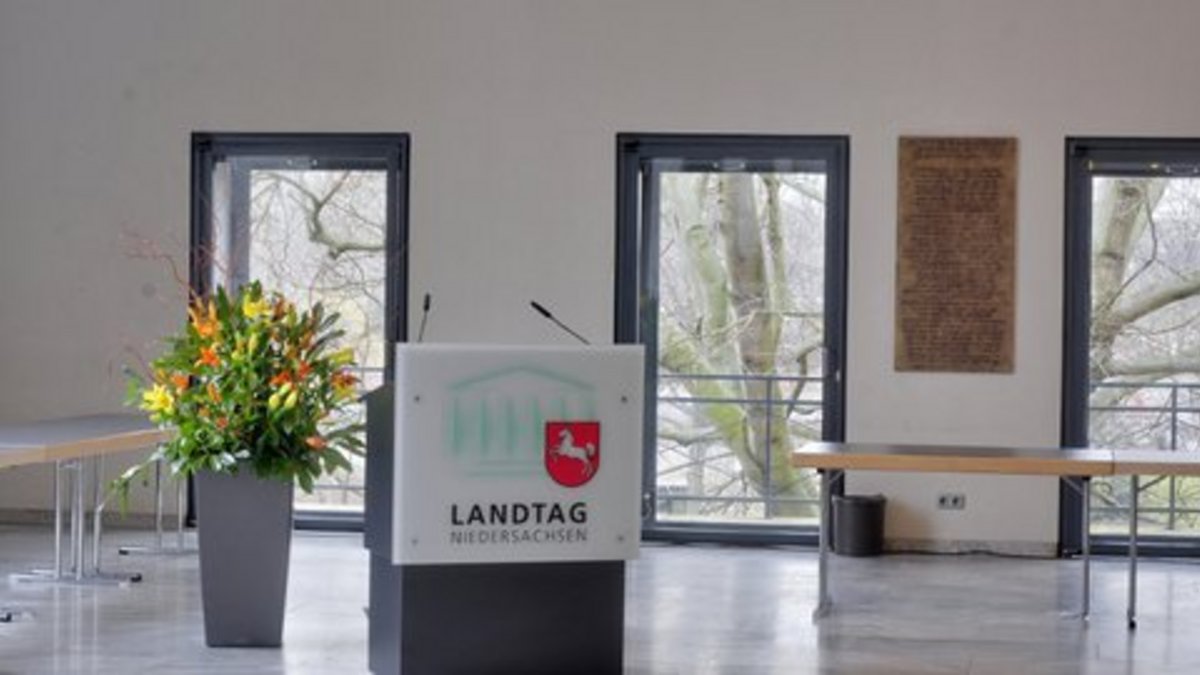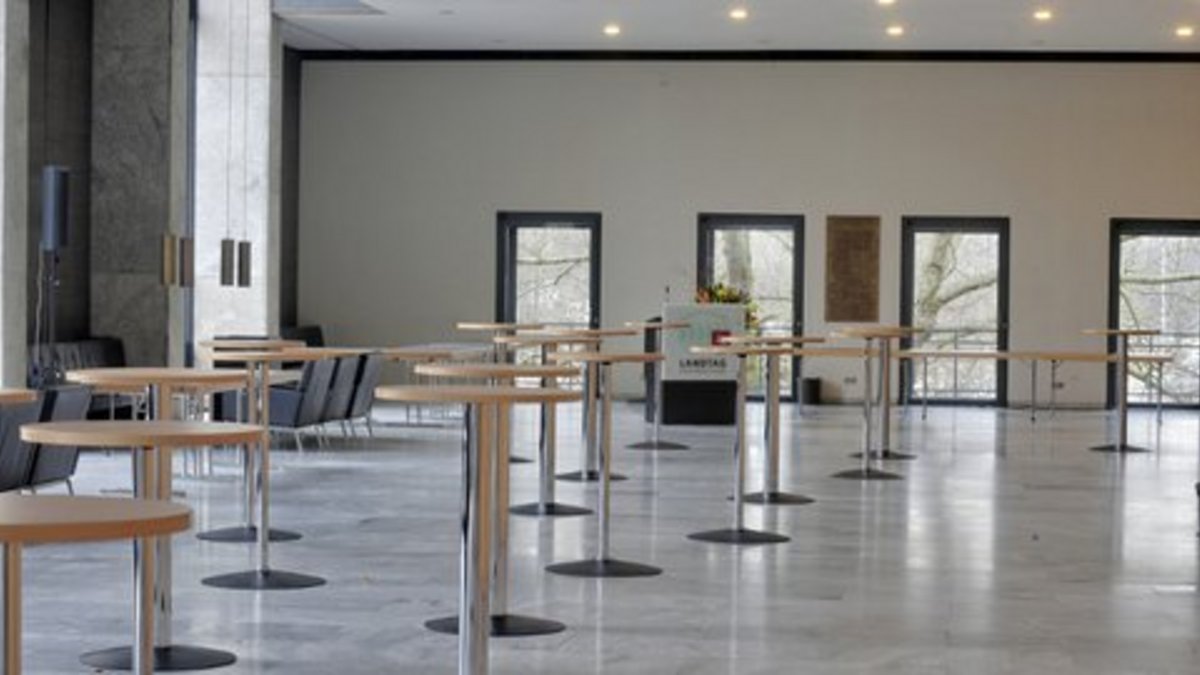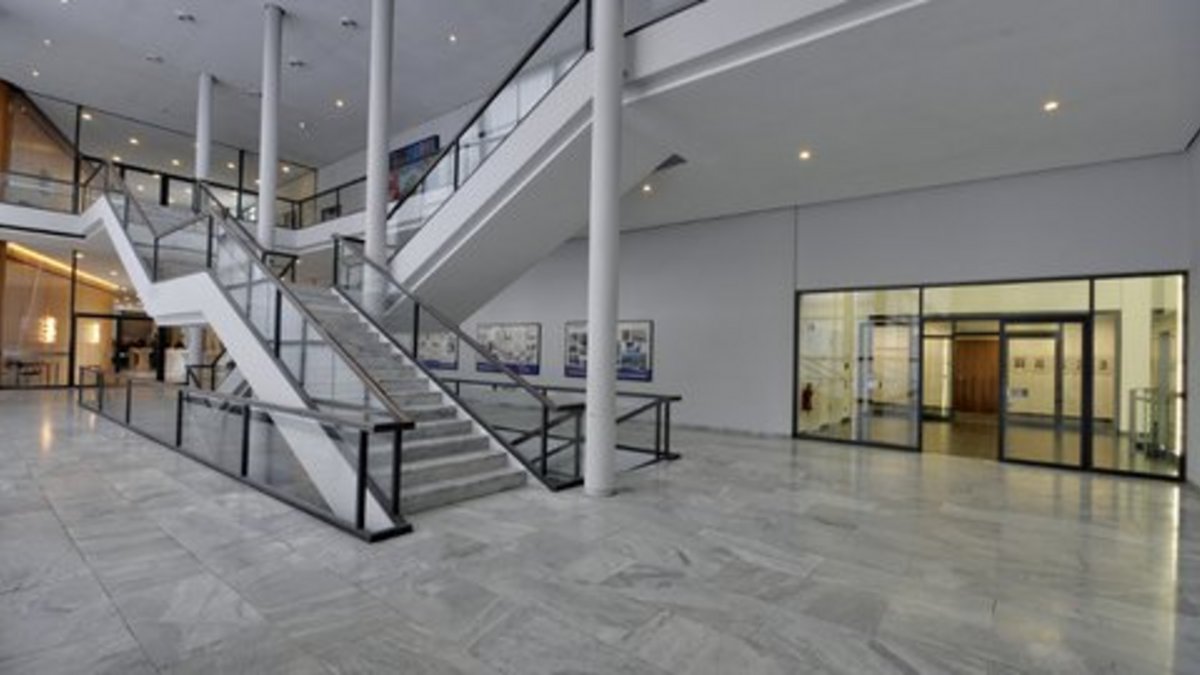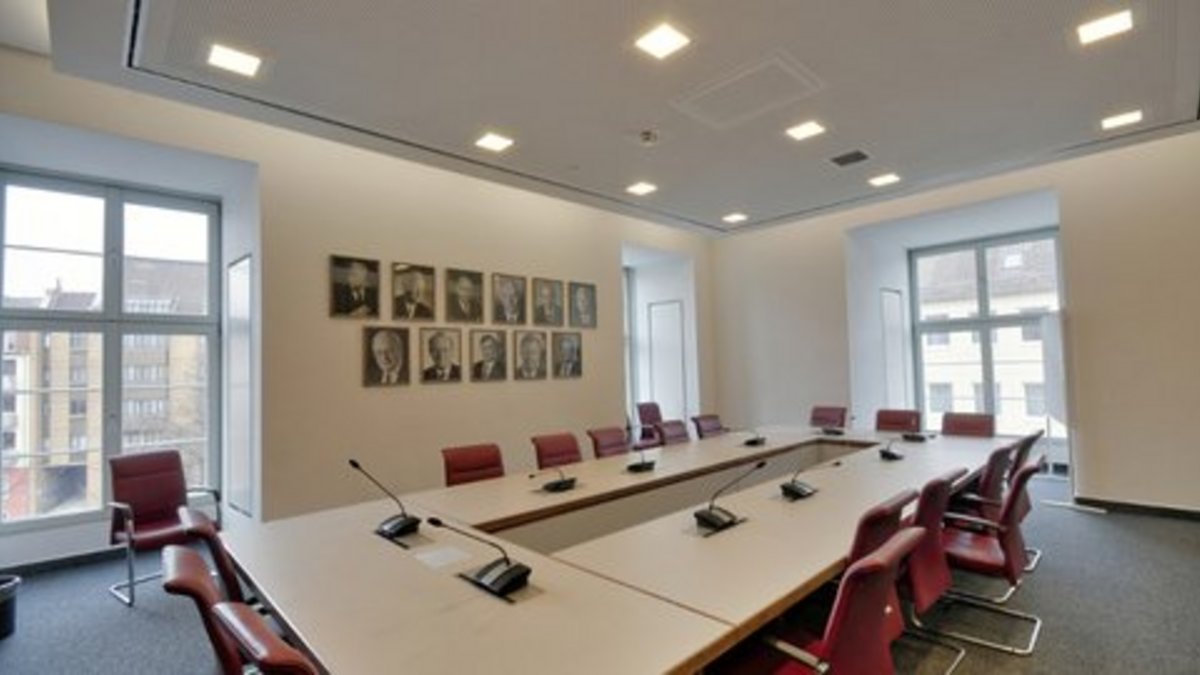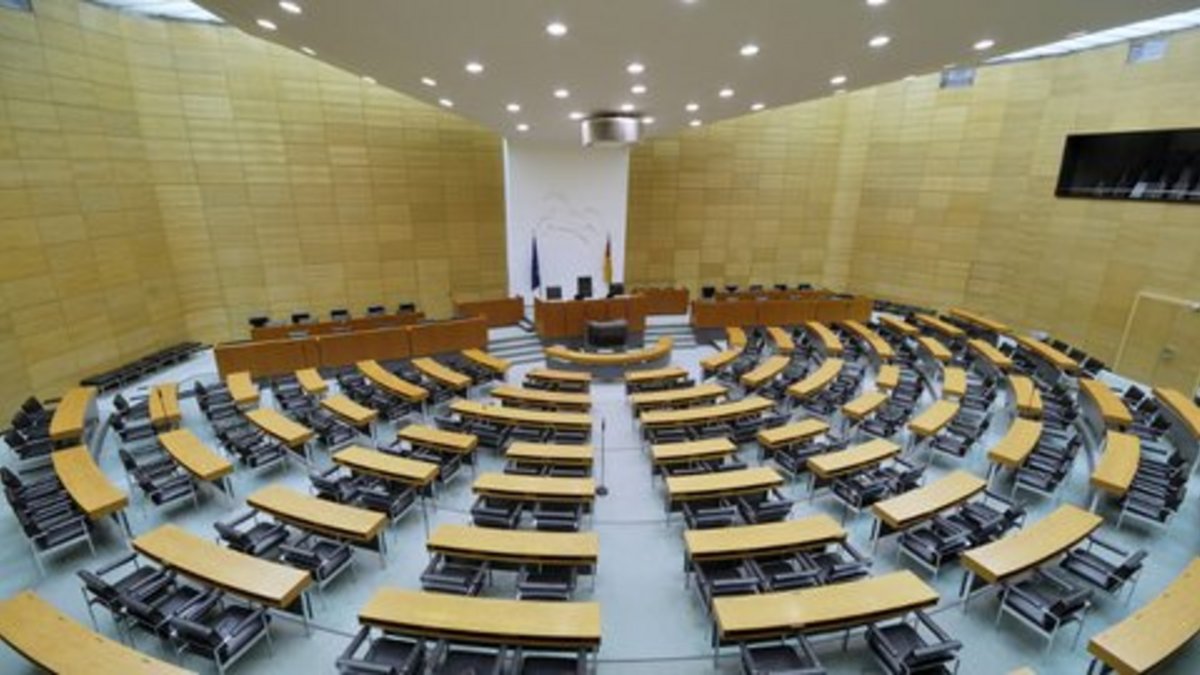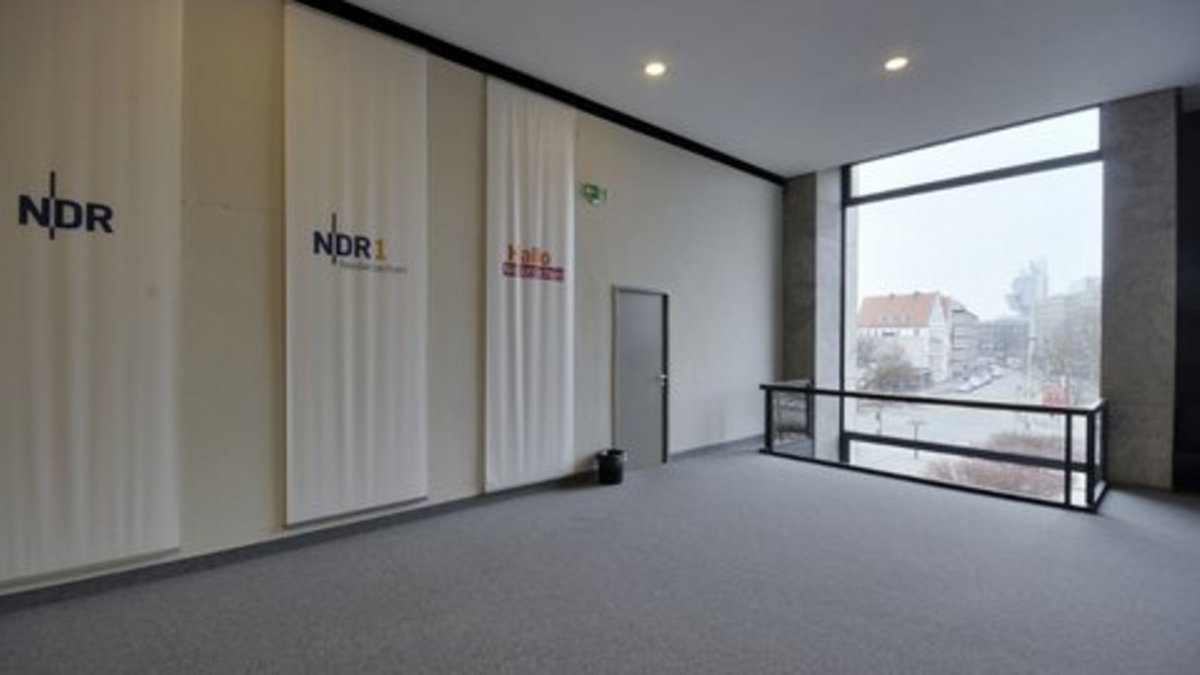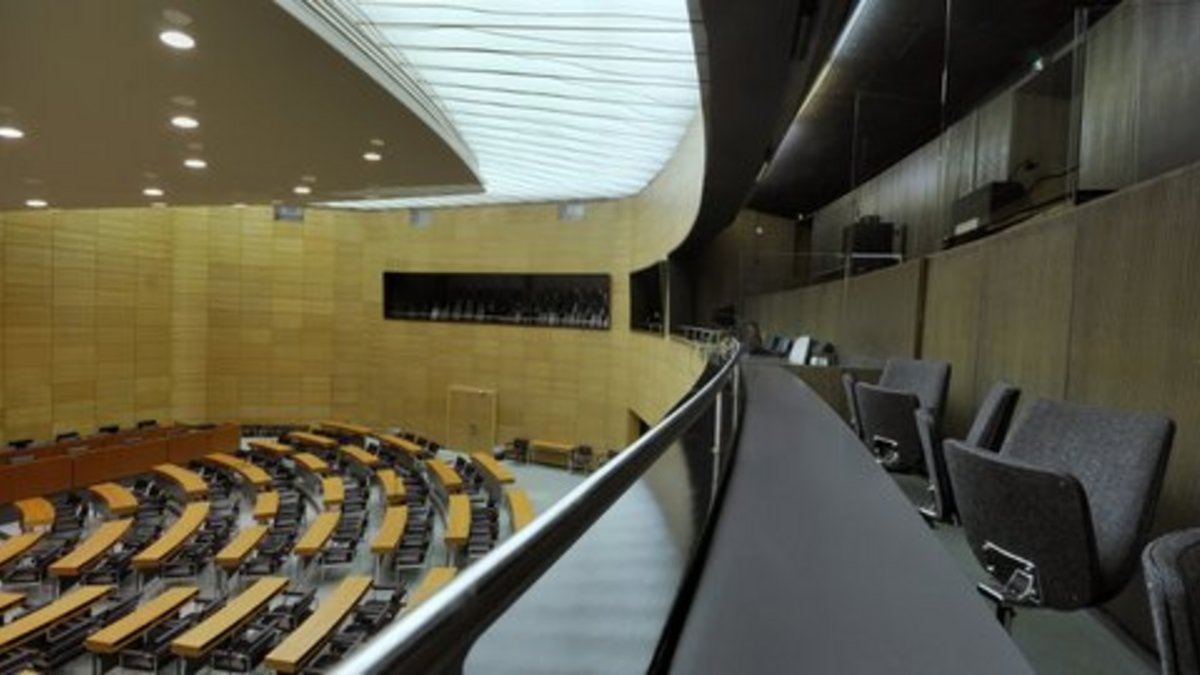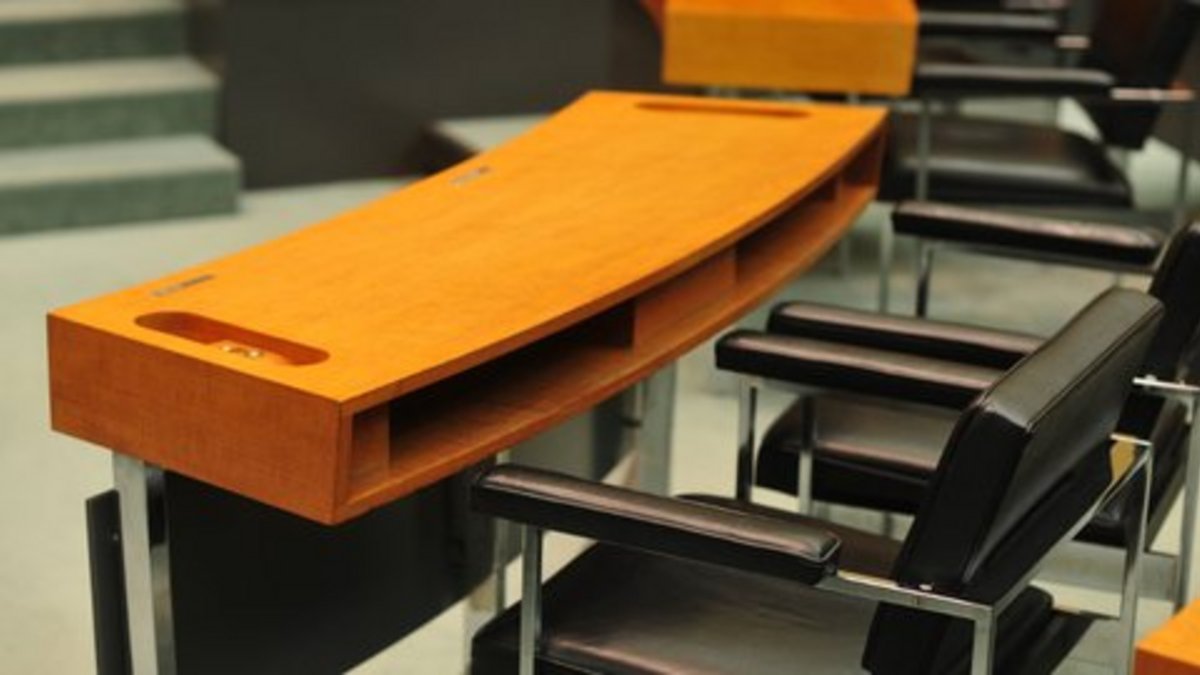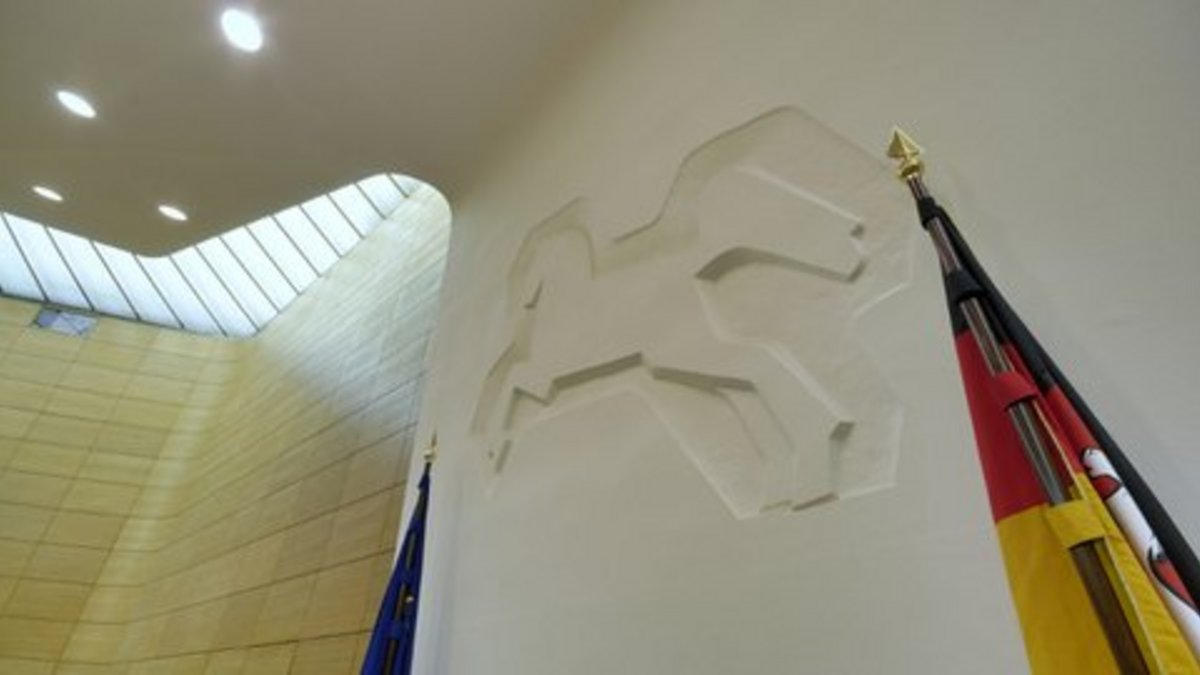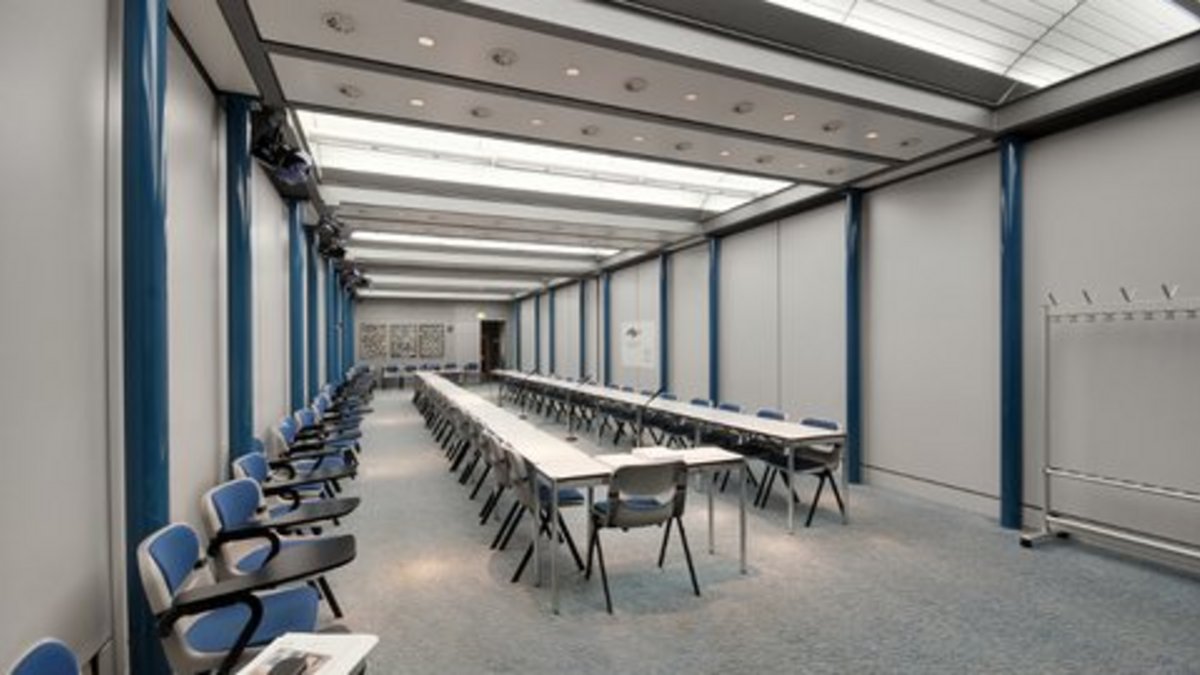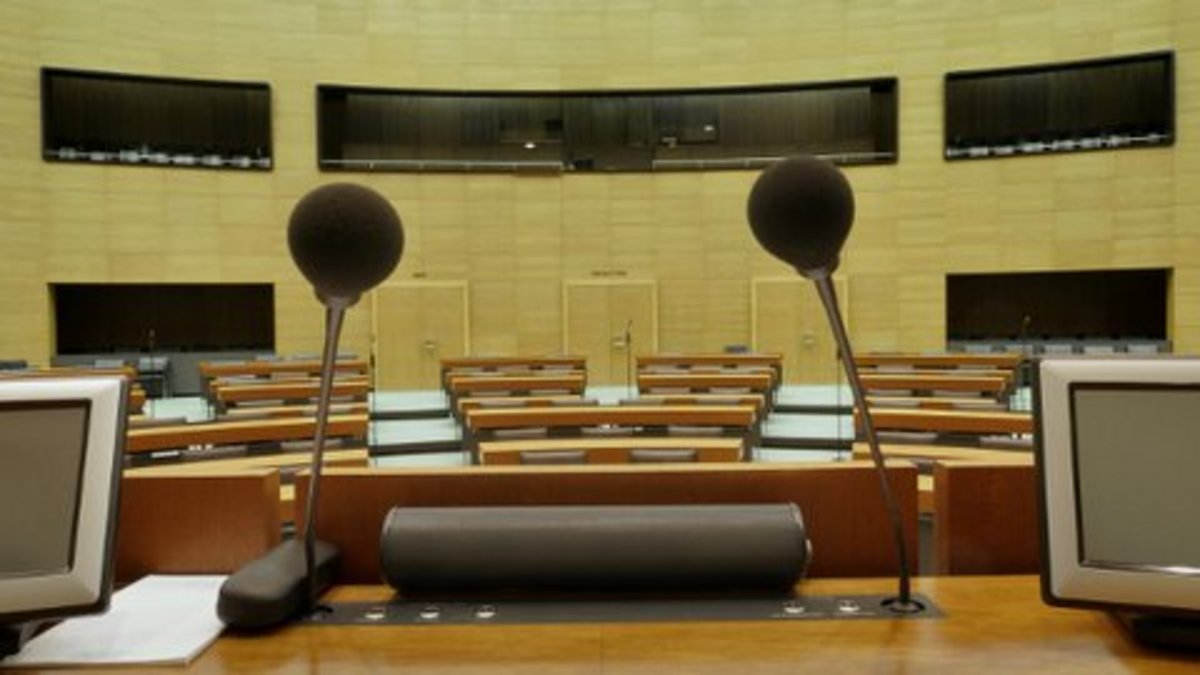History
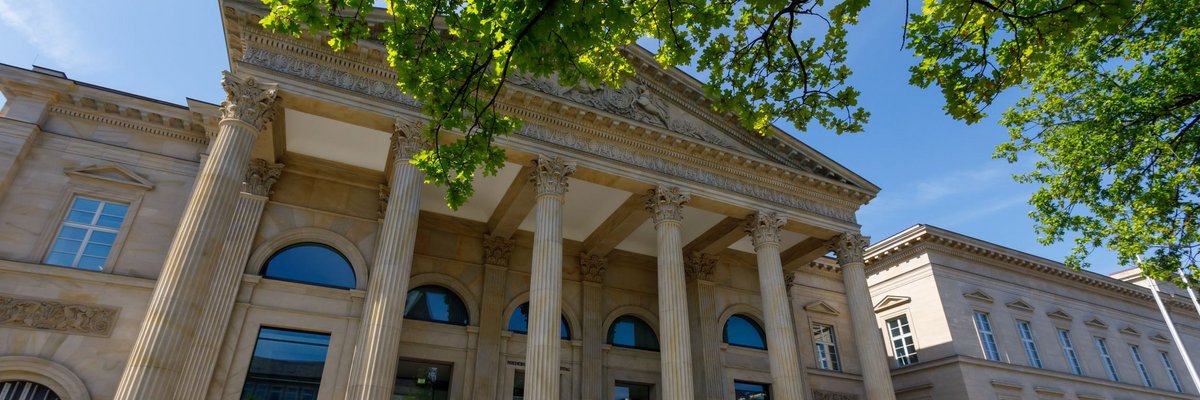
The beginning: the Leineschloss from 1637 to 1866
1637 – Timbered frame
The history of the Leineschloss begins in the commotion of the Thirty Years’ War (1618-1648): in 1637 Duke George of Calenberg’s funds were extremely limited. All he could muster was the construction of a small residence; the Leineschloss built by him in Hannover was a modest half-timbered building. But not long later, his successor, the creative Duke Johann Friedrich, began renovation work ‘befitting of its status’. Up until 1689 the palace grounds housed a monastery, a court theatre and an opera house, which – built entirely from wood – was one of the most magnificent in Europe. Johann Friedrich brought polymath Gottfried Wilhelm Leibniz from Leipzig to his court as his advisor, quickly making Hannover a centre of science and culture.
1714 – King George I of England
In the 18th century, after Elector George Louis was crowned King George I of England in 1714, the European aristocracy met in Hannover. These years, during which composer George Friedrich Handel gave several guest performances at the Leineschloss, were a time of great splendour. The Leineschloss began to fall into a state of disrepair with the occupation and looting by French troops in 1803. The occupying forces handed the building over to the city of Hannover on the condition that it be turned into barracks for 3,000 soldiers. It was only at the end of Napoleonic rule that it stopped being used for military purposes.
1817 – Renovation
The Congress of Vienna in 1814/1815 gave Europe a new political order and the kingdom of Hannover a General Assembly of the Estates, a precursor to today’s Parliament. The word ‘Landtag’ or State Parliament appeared for the first time in its rules of procedure. The Assembly of the Estates met in the Leineschloss for the first four years of its existence. But by 1837 King Ernest Augustus of Hannover was to bring this first, meek attempt at democracy to an end by dissolving the Assembly of the Estates. Seven professors from Göttingen protested against this decision – in vain. Ernest Augustus removed the ‘Göttingen seven’ from their positions and even chased three of them out of the state. 1817 saw the start of renovation work to the Leineschloss by the royal building commissioner Georg Ludwig Friedrich Laves, who later became known as one of the most important architects of classicism. He gave the building its distinctive portico on the Leinstraße and the protruding conservatory on the bank of the River Leine, which the Speaker uses today as their study. In 1856 King George V decided not to go ahead with a further extension and instead built the Welfenschloss, which today houses the University of Hannover. Architecturally unfinished in 1862, the Leineschloss once again became the home of the parliamentary committees that had developed out of the Assembly of the Estates.
Leineschloss - Snapshots from the building’s history: 13th to 18th century (16 images):
Disrepair and ruin: the Leineschloss from 1866 to 1945
1866 – The Prussian eagle
After the kingdom of Hannover lost the Austro-Prussian war on the side of Austria in 1866, the Prussian eagle flew over the Leineschloss. The building became the seat of the Prussian provincial administration, whose governor moved into the chamber wing. From 1871 German kaisers (or emperors) stayed in the Leineschloss when they visited the provincial capital. However, the Kaiser apartments were deserted when the last German monarch went into exile after the end of the First World War.
1921 – Soup kitchen
In 1921 the Prussian state ‘lent’ the building to the city of Hannover for 100 years for free. Instead of housing several museums in the Leineschloss as originally planned, the city of Hannover felt it necessary to do something for the population, which was suffering under inflation and unemployment. It gave the ground floor over to the public welfare, opening up a canteen and shelter there.
1936 – Army memorial
In 1936 the National Socialists opened an army memorial in the palace and made ideological preparations for war in the premises. Furthermore, the National Socialists held celebrations and receptions in the historical palace. They left the ballrooms in a seriously damaged state.
1943 – Ruin
On 26 July 1943 – at 12:05 pm – incendiary bombs from an air raid by American B-17 bombers almost completely destroyed the Leineschloss in just ten minutes. It is believed that the building was hit over 100 times, and burnt to a shell with the exception of the chamber wing. In the night of 8-9 October 1943 the shock wave of an aerial mine further damaged the ruins and the portico was particularly hard hit. All that was left, according to historian Georg Schnath, was a ‘...fatally wounded memorial to one-time greatness, a silent indictment of the madness of destruction and a challenging reminder to survivors’. The clean-up effort began before the war was over. The chamber wing was given a temporary roof to protect the building from the elements. Several Hannover-based businesses were given emergency shelter here during the postwar years until its reconstruction.
Leineschloss - Snapshots from the building’s history: 19th century (17 images):
The heart of democracy: the Leineschloss after 1945
1946 – Lower Saxony
On 1 November 1946, Order no. 55 of the British military government established what is today known as the state of Lower Saxony from the formerly independent states of Braunschweig, Hannover, Oldenburg and Schaumburg-Lippe. Hannover became the state capital. The State Parliament of Lower Saxony was temporarily housed in the White Hall of the Hannover town hall. It was a tight squeeze in there for the MPs. Furthermore, there were no galleries for the press and the public, and there were hardly any side rooms for the work of the MPs, parliamentary groups and committees.
1949 – Return
The resolution in June 1949 by the Hannover city council to relinquish the city’s right to use the Leineschloss paved the way for the State Parliament to be housed on this historical site.
1962 – Completion
After a few years it became clear that the Leineschloss needed to be rebuilt. Hannover-based architect Dieter Oesterlen won the tender in 1954. In 1956 the State Parliament decided to have the Leineschloss rebuilt according to Oesterlen’s plans. The building work began in 1957 and on 11 September 1962 the new Leineschloss was formally reopened for its purpose.
Leineschloss - Snapshots from the building’s history: 20th century (15 images):
Continuation and future: the Leineschloss after its reconstruction
1960s – History and modernity
The precious historical fabric of the building has been preserved on the exterior to this day. However, the palace interior was designed from the purely functional perspective of the 1960s. Where once the palace opera house stood, the plenary hall wing was constructed according to the plans of the architect, Oesterlen. The square beside the plenary hall is named ‘Platz der Göttinger Sieben’ [Square of the Göttingen Seven] and features a memorial to the seven professors from Göttingen, who protested against the abolition of the Estates Act. There are many conference rooms for the State Parliament committees and a number of MP’s offices are located in the wings of the building that surround the western courtyard. The annex, which was added to the building in the mid-1980s, contains other rooms at the disposal of the State Parliament. The main building and the annex are connected by an underground corridor.
2017 – Renovation
The plenary hall wing of the State Parliament of Lower Saxony – in particular the plenary hall itself – which was built between 1957 and 1962 no longer met the functional needs of a State Parliament and its efforts to make its parliamentary work transparent. Some parts of it also had serious structural defects. Furthermore, accessibility was limited. From 2014 to 2017 the plenary hall wing thus underwent extensive renovation. You can find further information about the renovation of the plenary hall wing here.
Leineschloss - From reconstruction to 2014 (16 images):

